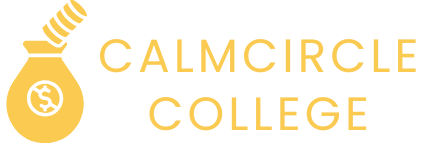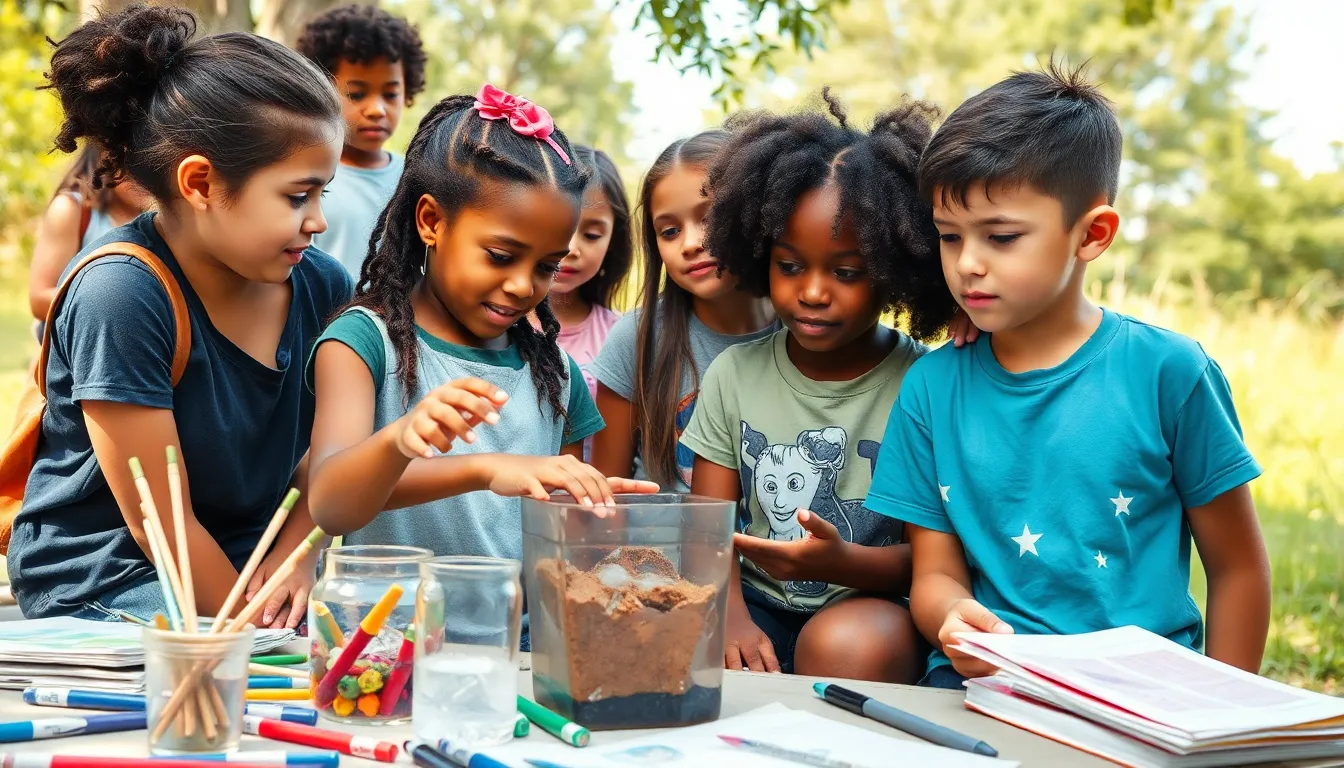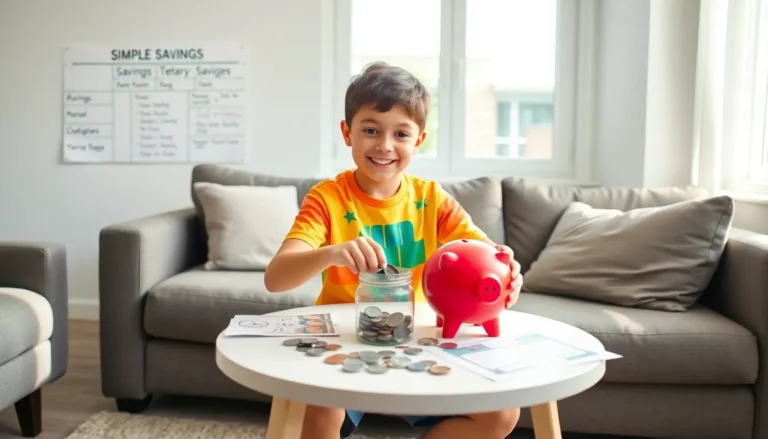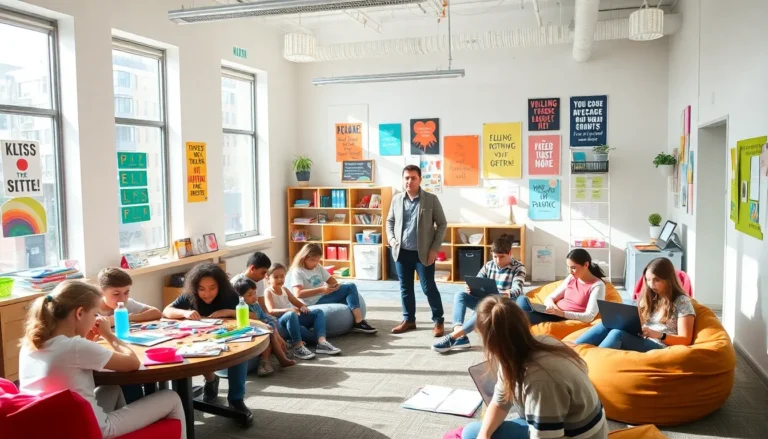Imagine a classroom where the desks aren’t in straight rows and the textbooks aren’t the only source of knowledge. Welcome to the world of alternative education, where creativity reigns and learning is as unique as each student. This approach breaks free from traditional molds, offering diverse methods that cater to individual needs and interests.
Table of Contents
ToggleUnderstanding Alternative Education
Alternative education encompasses various non-traditional approaches to teaching and learning. Diverse pedagogical methods prioritize creativity and individualized learning experiences. These methods often adapt to students’ unique interests and strengths, encouraging self-directed discovery.
Montessori schools represent one example of alternative education. In such environments, students guide their learning through hands-on experiences and exploration. Progressive education models further emphasize critical thinking and social responsibility, promoting collaborative learning.
Many alternative programs incorporate life skills alongside academics. Project-based learning enables students to engage in real-world problem-solving. Experiential learning allows students to gain knowledge through direct experience, deepening their understanding of concepts.
Online learning platforms also fall within the alternative education category. They provide flexible learning options for students unable to attend traditional schools. Distance learning environments cater to various needs, including health concerns or personal circumstances.
Alternative education settings often adopt non-standard assessment methods. Evaluations may focus on skill mastery rather than standardized testing scores. This approach fosters a more comprehensive understanding of a student’s abilities and growth.
Support for alternative education continues to expand. Parents and educators increasingly seek out options that align with individual student needs. Educational policies are beginning to recognize the importance of these diverse learning environments.
Types of Alternative Education
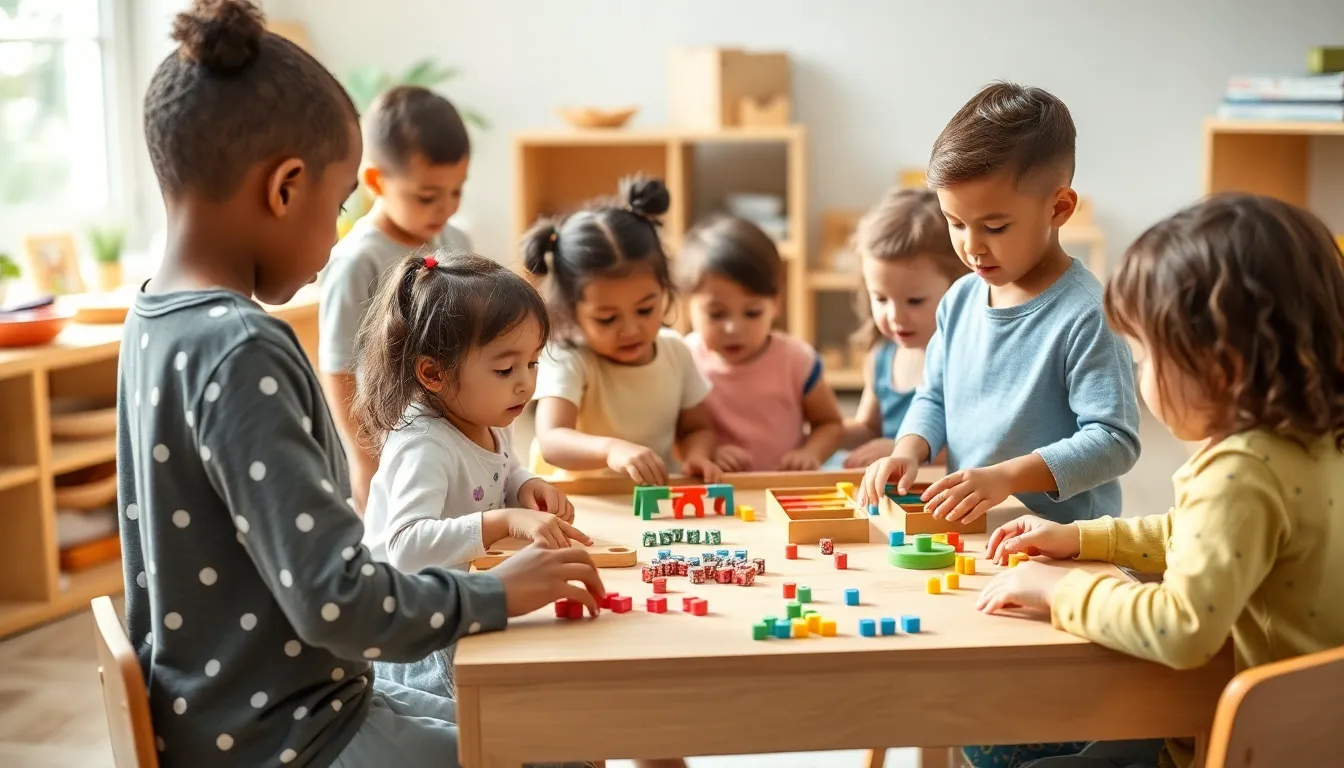
Various types of alternative education exist, each offering unique approaches to learning. These methods cater to different student needs and preferences.
Montessori Method
Montessori education focuses on self-directed learning within a prepared environment. Children engage in hands-on activities, choosing materials that pique their interest. Mixed-age classrooms encourage cooperation and peer learning. Teachers act as guides, facilitating rather than directing, allowing students to develop independence. This method fosters critical thinking and problem-solving skills, equipping learners for future challenges. Research shows students in Montessori schools often excel academically and socially compared to their peers in traditional settings.
Waldorf Education
Waldorf education emphasizes the holistic development of the child, nurturing intellectual, emotional, and physical growth. The curriculum integrates arts, crafts, and practical skills alongside academic subjects. Teachers develop long-term relationships with students, creating a stable learning environment. Emphasizing story-telling, music, and movement, this method cultivates imagination and creativity. Additionally, Waldorf schools encourage community involvement, fostering social responsibility and environmental awareness in students.
Homeschooling
Homeschooling allows parents to tailor education to their child’s unique learning style. Families choose curricula that best fit their beliefs and values, often incorporating real-world experiences into lessons. Flexible scheduling accommodates family commitments and travel opportunities. Parents actively engage in their child’s learning, promoting strong family bonds. Research indicates homeschooled students frequently achieve academic outcomes comparable to those in conventional schools, particularly in self-motivation and critical thinking skills.
Benefits of Alternative Education
Alternative education offers numerous advantages, particularly in fostering individualized learning experiences.
Personalized Learning
Personalized learning tailors education to each student’s strengths and interests. Students progress at their own pace, allowing them to master concepts before moving on. Educators can identify unique learning styles and adapt their teaching methods accordingly. For instance, this approach often involves one-on-one mentoring, enabling deeper engagement with the material. As a result, students gain confidence and develop a genuine love for learning. Various alternative programs also emphasize student choice, allowing them to pursue topics that resonate with them, further enhancing motivation and retention.
Flexible Curriculum
Flexible curriculums adapt to the needs of diverse learners. In alternative education settings, curricula are often designed to align with real-world applications, helping students connect their studies to everyday life. Educators may emphasize skills such as problem-solving and collaboration, crucial in today’s job market. Furthermore, this flexibility allows for integration of interdisciplinary projects, encouraging students to think critically across various subjects. Schools may also adjust lesson plans based on current events, creating a dynamic learning environment. Ultimately, a flexible curriculum fosters creativity and innovation, equipping students with the tools required for success beyond their academic careers.
Challenges of Alternative Education
Alternative education faces several challenges, particularly in socialization and standardization.
Socialization Concerns
Alternative education environments might limit opportunities for social interaction. Students in non-traditional settings often engage with fewer peers compared to those in conventional schools. This lack of regular interaction can affect the development of social skills. Experiences like teamwork and group activities may be less frequent, potentially resulting in difficulty navigating social situations. Parents and educators often prioritize creating community-based events to bridge this gap, ensuring holistic development.
Variability in Standards
Variability in educational standards poses challenges for alternative education. Different programs implement diverse curricula, leading to inconsistencies in student readiness for traditional educational milestones. Some alternative settings may emphasize creativity, while others focus on skill mastery. This inconsistency affects students transitioning to mainstream schools, where standardized assessments dictate placement and advancement. Furthermore, educational authorities sometimes scrutinize alternative programs for accountability, underscoring the need for clarity and definition in educational quality. Organizations advocating for alternative education increasingly seek to establish metrics for effectiveness and learner outcomes.
Alternative education represents a dynamic shift in how learning is approached. By embracing creativity and individuality it offers students the chance to thrive in environments tailored to their unique needs. With various models available such as Montessori and Waldorf education as well as homeschooling families can find the right fit for their children.
While challenges exist particularly regarding socialization and standardization the growing support for alternative education highlights its potential. As more parents and educators seek personalized learning experiences the landscape of education continues to evolve. This evolution not only benefits students but also encourages a broader understanding of what education can and should be.
